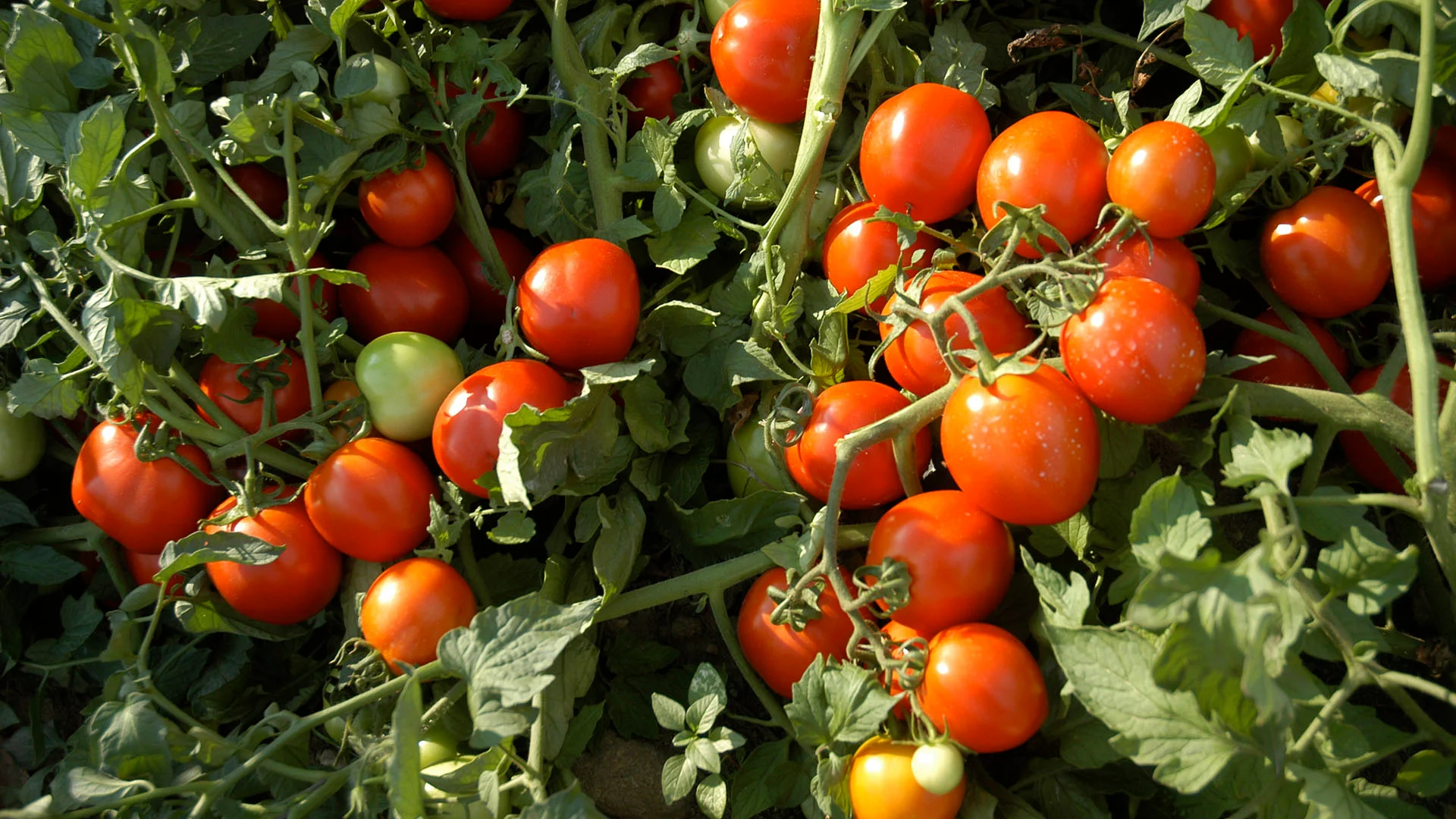Cold Spring Harbor Laboratory (CSHL) has enabled the significant advancement of plant genomics through its involvement in sequencing the first plant genome. Now, the same research laboratory hopes to address why introducing the same mutation in different crops does not always result in the desired traits.
 A bushel of tomatoes at the CSHL Uplands Farm. Image Credit: Cold Spring Harbor Laboratory
A bushel of tomatoes at the CSHL Uplands Farm. Image Credit: Cold Spring Harbor Laboratory
Zachary Lippman, an HHMI investigator and CSHL professor, and his colleagues have found that the same gene can be controlled by very different regulatory systems in tomato and Arabidopsis thaliana plants. Amazingly, they connected this behavior to drastic genetic changes during 125 million years of evolutionary history.
Using genome editing, the researchers produced more than 70 mutant strains of Arabidopsis thaliana and tomato plants. Every mutation eliminated a segment of the CLV3 gene’s regulatory DNA. The impact that each mutation had on the growth and development of the plant was then examined. Fruit growth skyrocketed when the DNA that controlled CLV3 was drastically altered.
CLV3 helps plants develop normally. If it was not turned on at the exact time that it is, then plants would look very different. All the fruits would be ginormous and not ideal. You have to balance growth and yield. If a plant has giant tomatoes but only two, is that as beneficial as a lower yield? There is no simple solution. You are always sacrificing something when you are trying to get something improved.”
Danielle Ciren, Study Leader, School of Biological Sciences, Cold Spring Harbor Laboratory
Fruit size was significantly impacted by engineering mutations in tomatoes that occurred close to the start of the CLV3 gene but not at its finish. The regions surrounding both regions of the gene had to be disturbed for Arabidopsis. This suggests that something occurred that caused the plants to evolve differently during the previous 125 million years. The details of what happened are still unknown.
You can not go back to the common ancestor because they do not exist anymore. So, it is hard to say what was the original state and how have things been mixed up. The most simple explanation is that there is a regulatory element that is conserved in some capacity, and it is been altered in subtle ways. It is a bit unexpected.”
Danielle Ciren, Study Leader, School of Biological Sciences, Cold Spring Harbor Laboratory
It is a given that different plant species have different genetic regulations. Crop genome engineering may become more predictable if these genetic variations are discovered, which would be a huge discovery for farmers and plant breeders worldwide as well as for science.
Source:
Journal reference:
Ciren, D., et al, (2024) Extreme restructuring of cis-regulatory regions controlling a deeply conserved plant stem cell regulator. PLOS Genetics. doi.org/10.1371/journal.pgen.1011174